"Raising good Hollands requires good herd management which is based on common sense. It doesn't matter what breed you raise, or in fact what animal you raise. When you choose to have an animal that is solely dependent upon you for it's food and shelter, then you are responsible for that animal's well being.
Some things are obvious. Use good clean water, and dust and mold free food. But did you ever think of timing and consistent care? When you realize that rabbits are nocturnal and eat at night, it makes sense to feed at approximately the same time each night. Especially during the heat of summer when feed can break down faster or become moldy and stale during the humidity of the day. During very hot weather bunnies are off feed anyway, conserving their energy during the day, becoming more active at night as it cools down.
In housing your bunnies you should be very careful that you have good ventilation and air flow. In cold weather you do not want direct drafts blowing on your bunnies. In summer you have to protect from heat stress. Since rabbits cool down through their ears, if you find a bunny panting excessively and very wet around the face, move it to a cooler spot, ice down its ears (ice cube rubbed over them), put an ice bottle in the cage or wet a piece of carpet for the bunny to lay on, keep fans moving the air, and disturb them as little as possible. This is not the time to play with the babies, either!
Consider lighting in your barn. You would not want to live day & night in a dark hole. Don't go to opposite extremes - they do not need direct sunlight on them in summer. A caged animal can die if left in the hot sun, even for a short time. Cars are death traps in summer months.
Special care should be given during times of molting. Brush out that excess hair and get it out of the cages and the water dishes. Molting is a stress on the rabbit's system. Adding heat stress may just push your bunny over the edge.
Watering systems are easy, and convenient, but in the heat of summer I challenge you to be outside, very hot and very thirsty and try to quench your thirst from a dripping faucet! Common sense tells you the bunny will drink better from the crock and will also lay against it, deriving some relief from the heat.
Cleanliness is sure to be a high priority for good health. If you had 15 people using the same bathroom for a week and never flushed the commode it would get a bit rank. Likewise if you smell ammonia fumes it is past time to clean! Ammonia fumes sear the lungs, causing respiratory problems, and harm the eyes. It not only annoys you and your neighbors but is harmful."
|
This article was taken from the HLRSC website. Written by Terry Pierce
0 Comments
The best, most profitable, and most trustworthy breeders are those that are wise. They make informed decisions and smart choices. They have done immense research and know what to do if something in their hobby goes wrong. Often, these breeders are helpful towards others, and are honest, not afraid to share with you their bad times in rabbits, as well as the good ones. How can you become a wise breeder, like the ones you admire and look up to?
It's a big decision, deciding to add a rabbit to your family. Maybe even more important is the decision of where to buy your rabbit.
A PET STORE: Although a pet store may seem like the best option because it's close and the rabbits are cheap, think again. Rabbits at pet stores are often neglected. The employees are not concerned with the proper health and happiness of the rabbit, thus you might get a rabbit that is shy, temperamental or doesn't like to be held. Pet stores usually can't tell the proper sex of the rabbit, since theirs are usually much too young to be sold. So if you want a buck, you could have a doe, and so on. They also don't handle their rabbits properly, typically, so your rabbit may be resistant to be held with you and hard to bond with. A SHELTER: Shelters are a great place to look for your *furever* friend. Most rabbits in shelters are abandoned because the owner didn't do proper research before buying one. It's almost never the rabbit's fault. Most rabbits are abandoned soon after Christmas or Easter, when the owner thought it was a good time to get a bunny as a pet for their young child. Shelters often have their rabbits neutered or spayed before they are available for adoption. This is a very affordable way to get a neutered or spayed rabbit. A BREEDER: Breeders are the best place to get a rabbit. "Of course you'd say that." you may be thinking. "Because you are a breeder." Wrong. I knew a breeder was the best place when I was looking to get my first rabbit, BEFORE I decided to become one. Most breeders genuinely care about their rabbits. They provide the best for them, health wise, and so their rabbits are healthy and happy. They have done the proper amount of research and know how to handle rabbits properly, as well as how to provide them with the best care they can. Many rabbits from breeders are tame and social, because they are used to be handled on a regular basis. Breeders that are not in it for the money are the best around. "Backyard" breeders that are just trying to earn money usually don't care about their rabbits on a personal level and don't devote the best care to them. No matter where you purchase your rabbit, make sure you do your own research! Don't rescue a rabbit just because it looks frail, sickly, or is kept in a bad environment, unless you are prepared for how much that rabbit might cost in you in the long run, in heartache and vet bills. The healthiest, happiest rabbits grow up in a healthy, happy home. They trust their person and they know they are loved. They aren't afraid, they are trusting, and a rabbit that trusts and is happy with his breeder will learn to trust and be happy with you. Before I dive in here, I just want to make a couple statements. Prices on the items I list below will vary, depending on your state, country, online or in store, how many rabbits you have, indoor or outdoor, etc. Below are just the "averages" I have seen in-store and online. Make sure you do your research and know how much all the rabbit supplies will cost in your area, before you start looking for a rabbit. All photos courtesy of Amazon.com, PetCo, PetSmart, and Google.com ONE TIME CHARGE: The following are purchases you usually only need to make once, before you buy your rabbit. The startup cost of a getting a rabbit is similar to the startup cost of a dog or cat; it can get very expensive. CAGE: varies from $60 - $200+ If you have a house rabbit, you can use a dog playpen as a cage and stay as low as $30 for the cage! LITTER BOX: $9 - $15 GROOMING SUPPLIES: $3 - $15 Combs and nail clippers can be purchased at the dollar store to save extra money! HAY RACK *optional!*: $3 - $9 FOOD BOWL: $5 - $10 WATER BOTTLE: $5 - $12 (average $8 but depends on size) TRAVELLING CAGE: $22 - $100+ MONTHLY CHARGE: The following typically needs to be purchased every month. PELLETS: $5 - $12 HAY: $5 - $10 LITTER - $8 - $10 TREATS - $5 - $10 treats such as veggies and fruits should be avoided until the rabbit is 6mos old! One of the MOST expensive costs you will come across after you have your rabbit is the cost of the vet. Getting your rabbit spayed or neutered is very important, and it can range from $75 - $300.
You will also need to think about possible emergency vet trips. These can be very expensive, and they depend on the vet, your area, and the circumstance as well as the rabbit involved. Using the lowest prices listed here for everything, the startup MINIMUM cost for a rabbit varies around $77!* Using the highest prices listed, the (varied) high price the startup cost for a rabbit could be $431!* I think when I started out with my house rabbit, her startup cost was around $100. * Lowest monthly cost: $23 Highest monthly cost: $42 I spent an average of $30 per month on my one house rabbit, Elsie. *these prices do not include vet care! Rabbits can be very affordable. They can also be expensive! Compared to most pets (dogs and cats), rabbits are pretty affordable each month, though! Rosie is *hopefully* expecting! I bred her to Ty on Friday (Aug 7), and this blog is going to be on what C O L O R S we can expect in this breeding! ~Chestnut (highest chance) ~Opal ~Chinchilla ~Squirrel ~Orange ~Black ~Blue ~Black tort ~Blue tort All of these in both solid and broken are possible! Can you guess which color (with great type), I am most excited for, and most hoping for?
Which one are you hoping to see here at HHR? Haha no, HHR is not expanding and breeding Netherland Dwarfs now. I'm boarding these two - Moki and Clover - for a friend, and so far we're having so much fun with them. Talia also gave me little Basil to try and sell. He's a little seal baby boy Netherland, and he's so sweet and cute! We're going to be boarding Moki and Clover for quite some time (over a year), so their going to be part of the rabbitry for a while!
Moki is the solid black otter doe, Clover is the broken black otter doe, and Basil is the little seal buck. Rabbits use a complex string of body signals to try and tell us what they are thinking. Similar to horses, rabbits frequently use their ears to communicate. It can be hard and confusing to understand what your rabbit is trying to tell you if you don't understand his body language. Ears up/forward - Your rabbit is curious, looking around and listening. In lop breeds, the ears don't usually swing straight up, so when a rabbit is checking out new surroundings or approaching you, they usually swing their ears forward. Ears back/flat, sometimes accompanied by lunging - Your rabbit is irritated, angry or upset. Ears back/flat/low accompanied by putting the head close to the ground or on the ground and approaching - This means the rabbit is looking to be groomed or licked by another rabbit. When he does it to you he wants to be pet. Also means the rabbit is relaxed. Ears moving - Whenever you see your rabbit moving his ears right and left, backwards and forwards, sometimes while standing on his hind legs, this means the rabbit is listening and "tuning in" to a sound.
|
My name is Holly.I'm glad you're here! Don't be a ghost; leave a comment every once and a while! Let's talk ;) Categories
All
Archives
June 2019
|
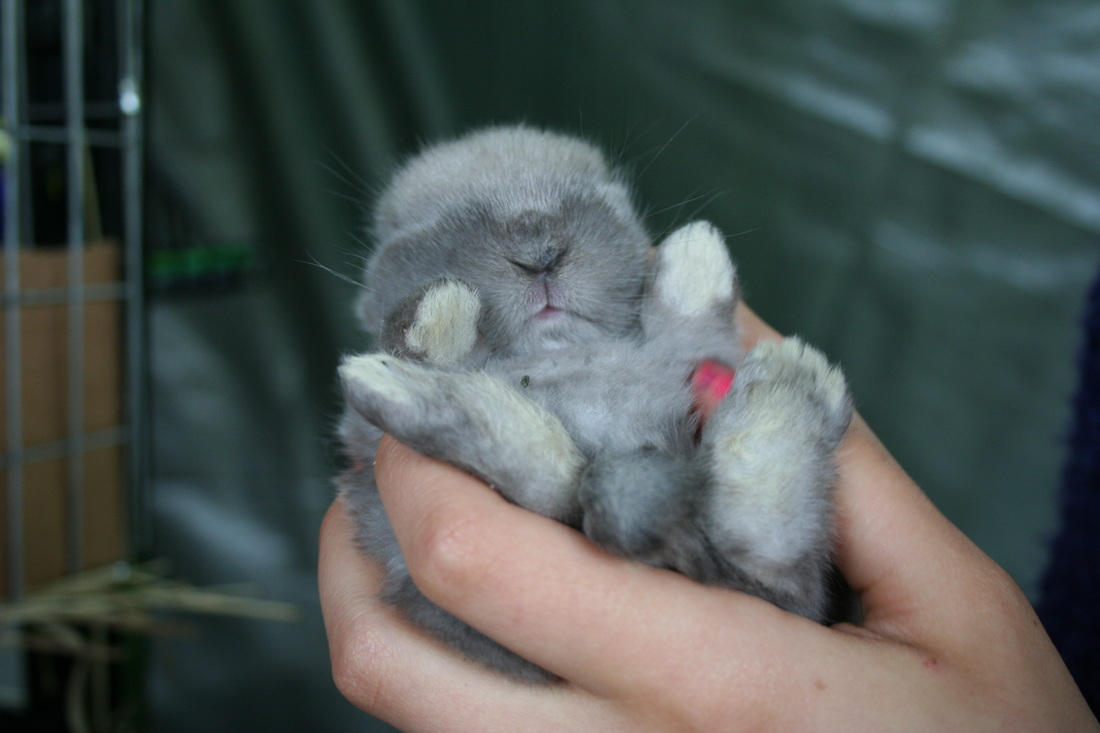
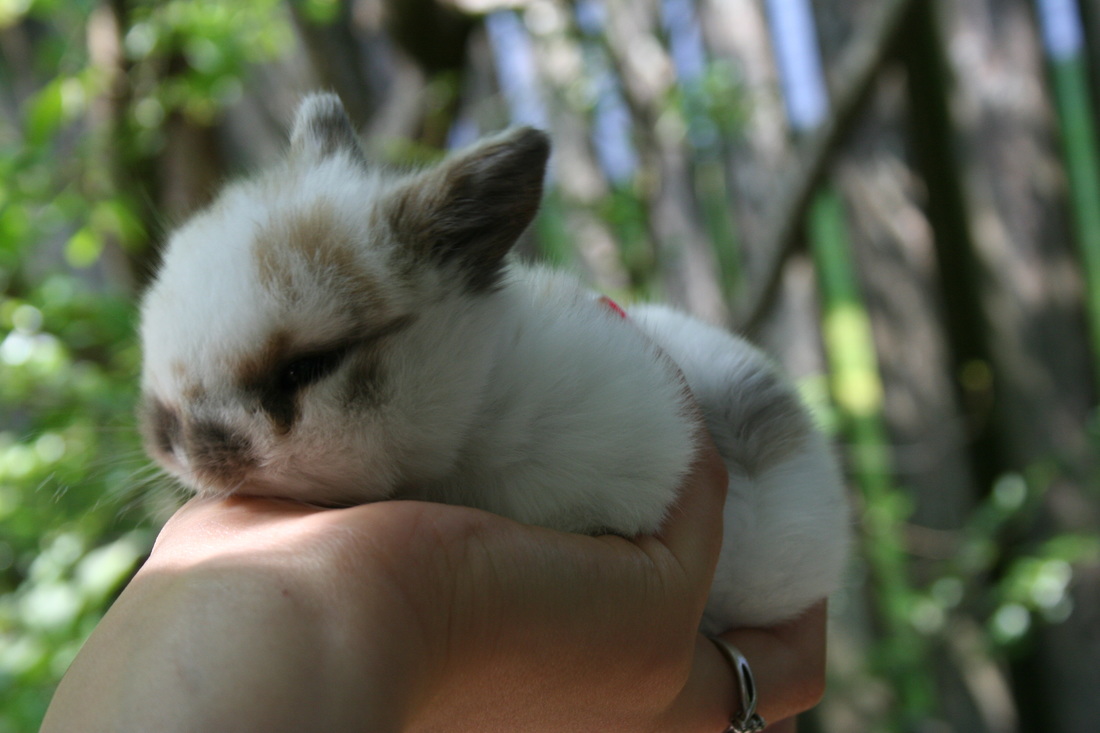
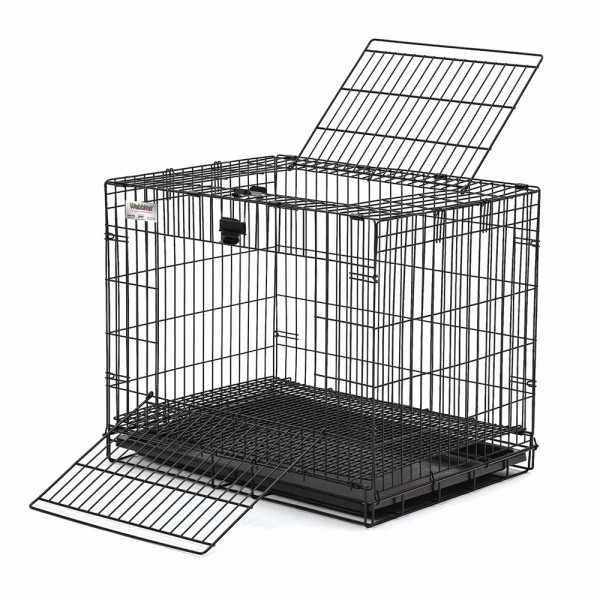
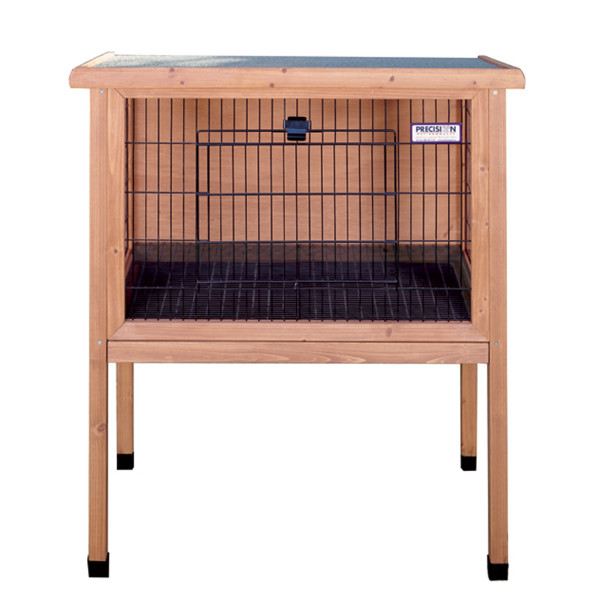
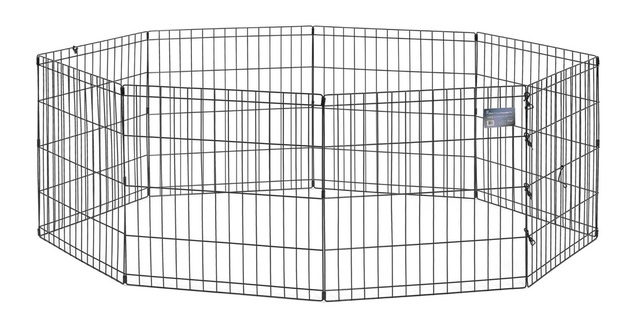
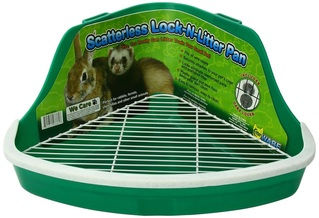
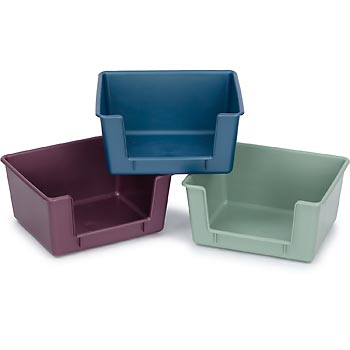
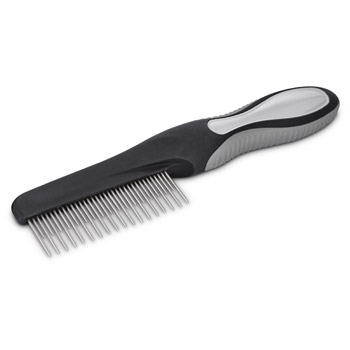
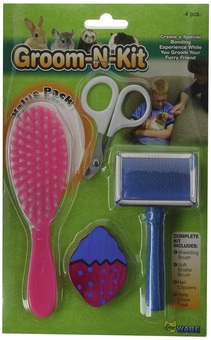
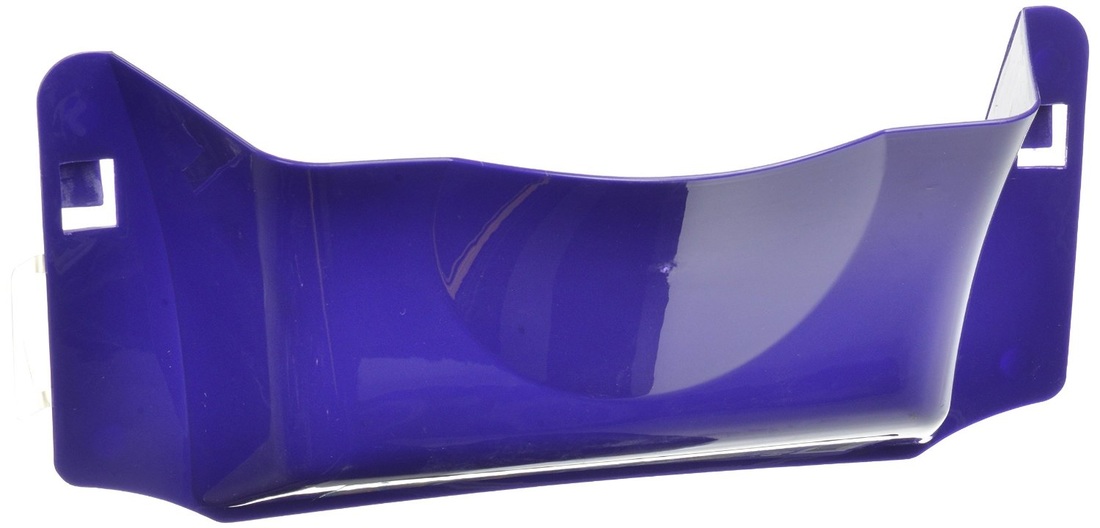
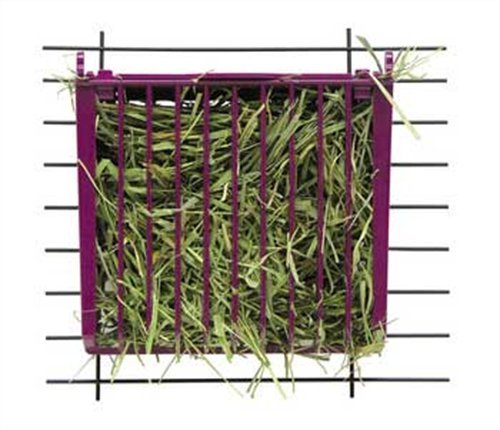
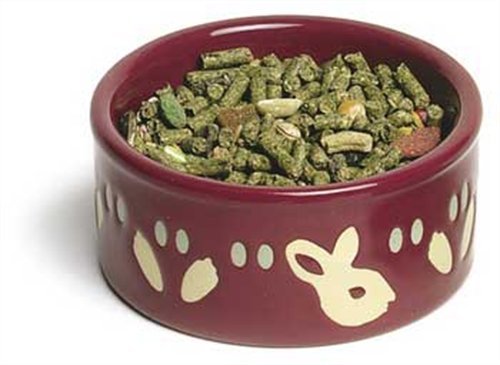
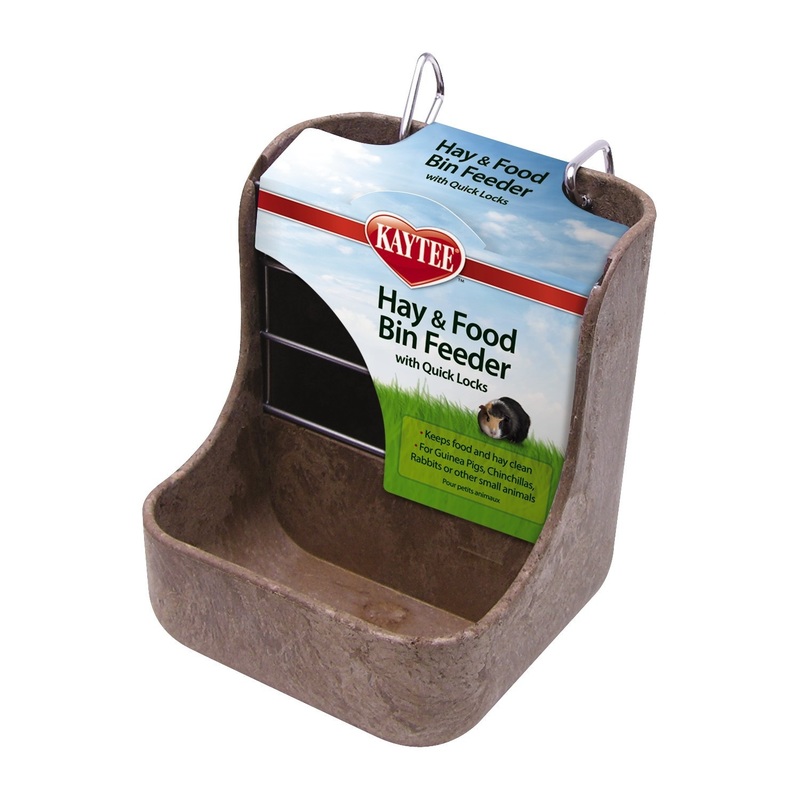
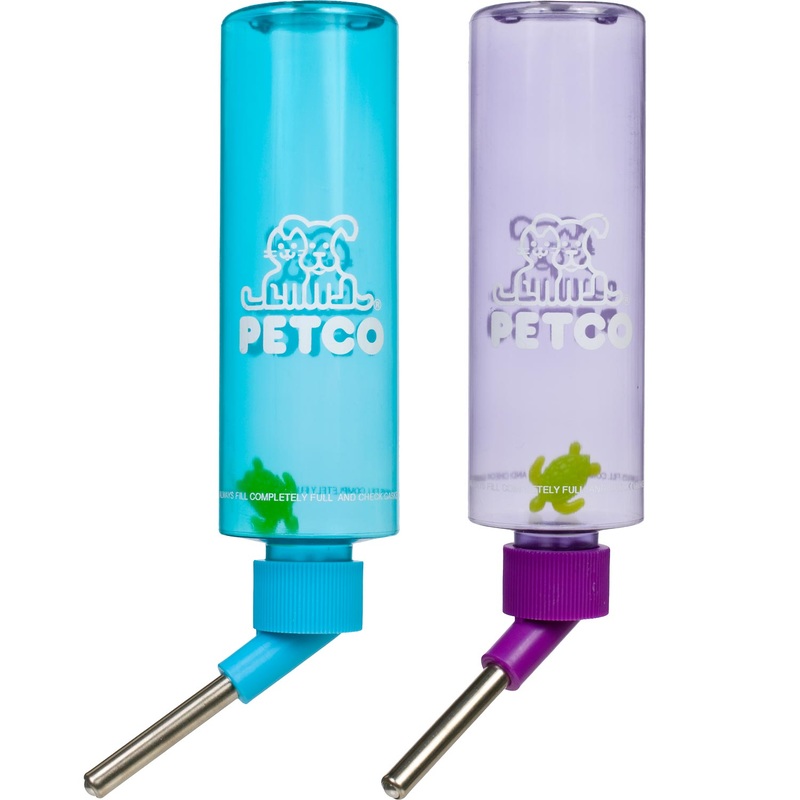
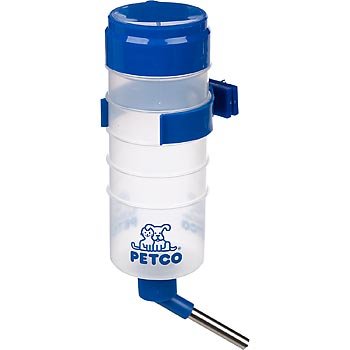

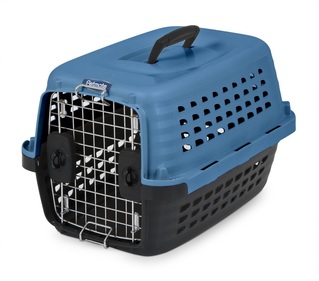
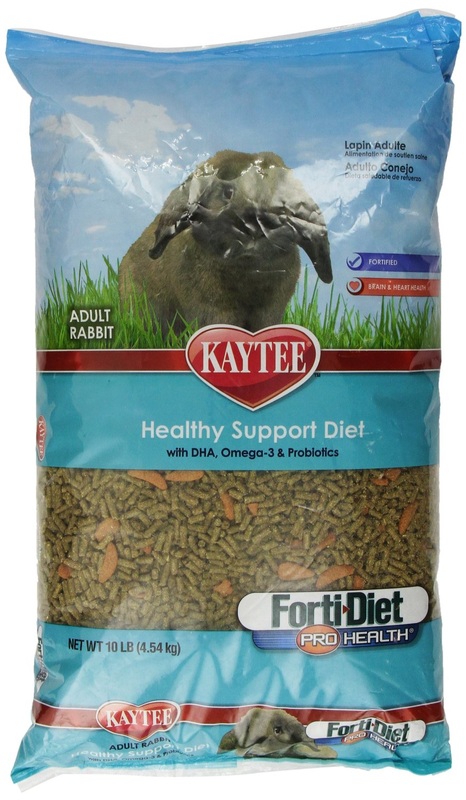
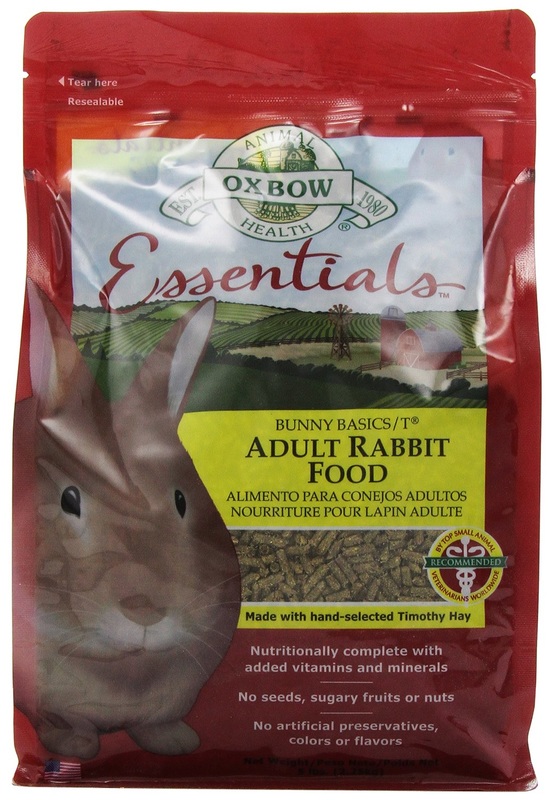
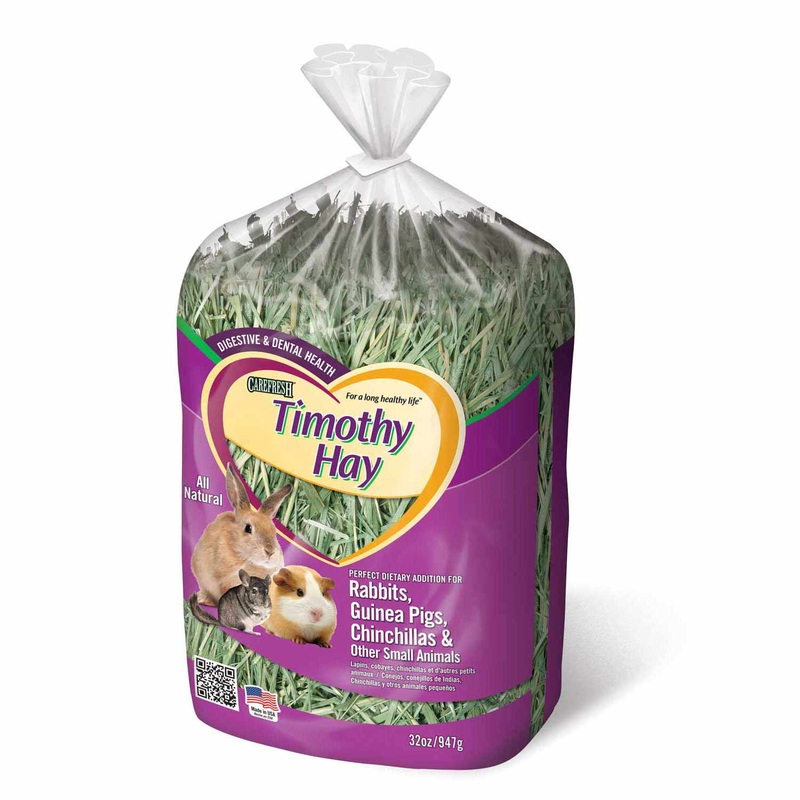
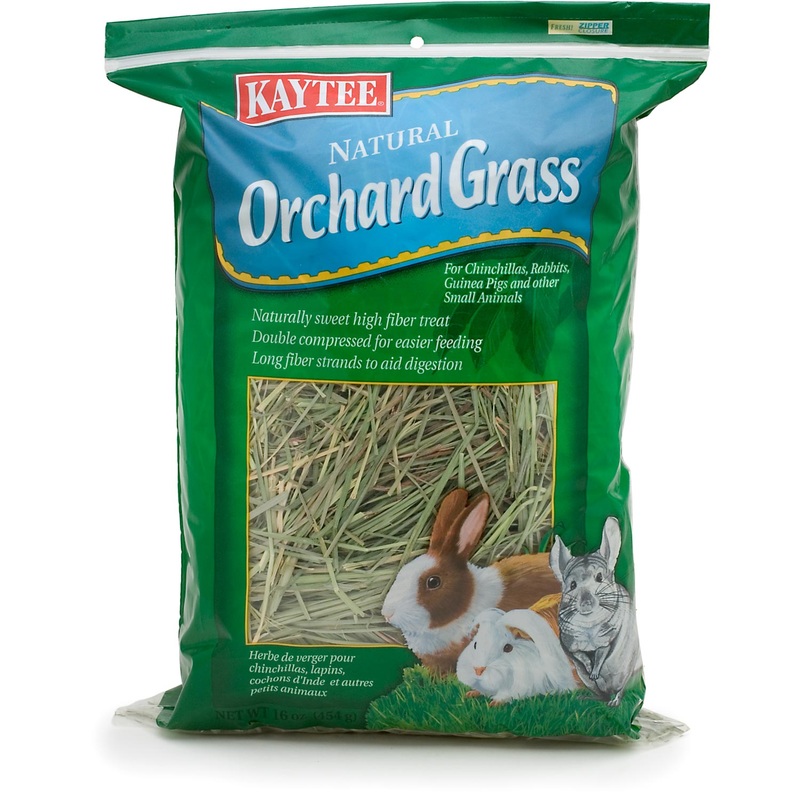
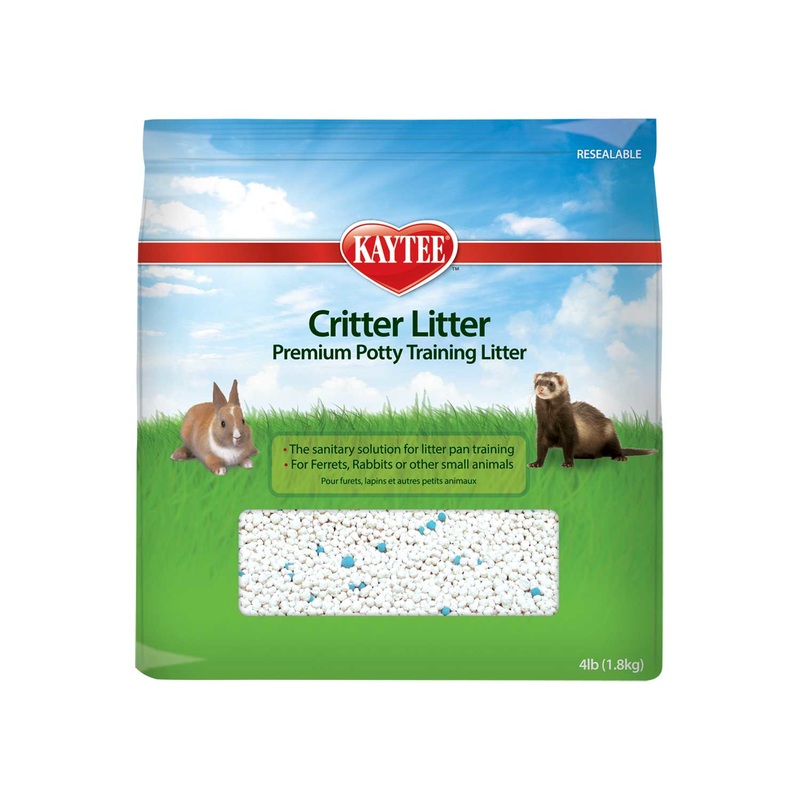
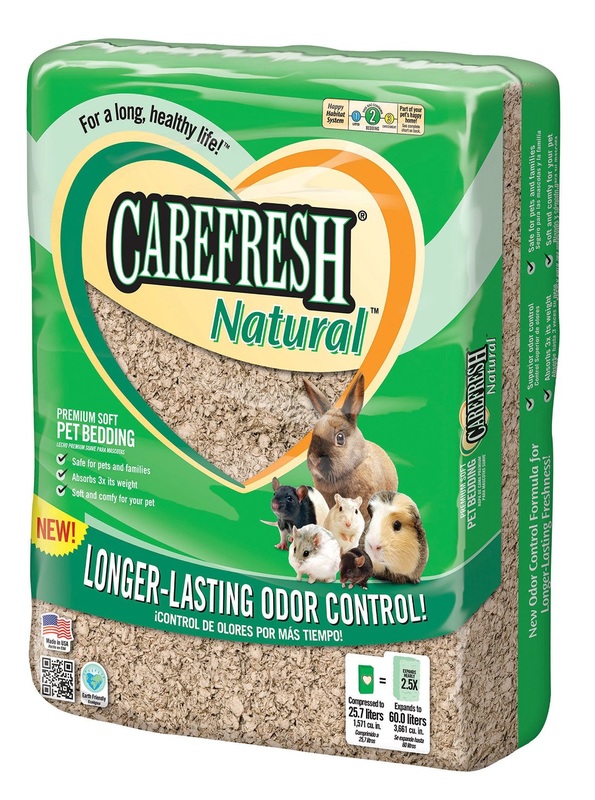

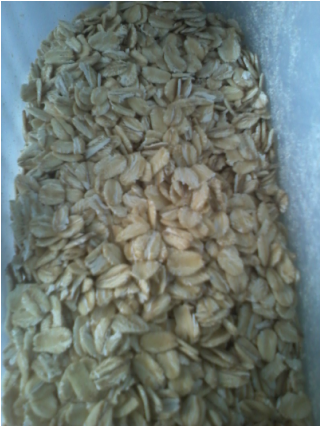
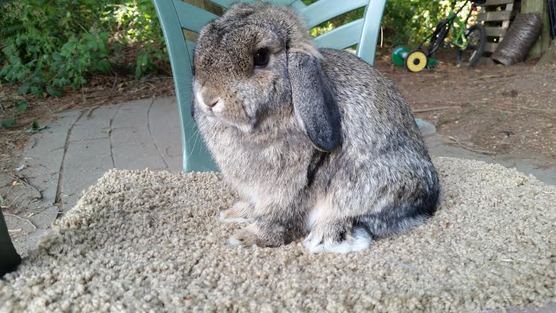
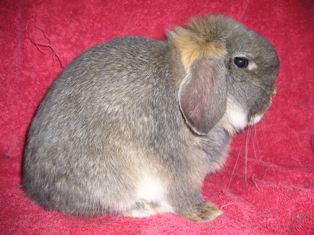
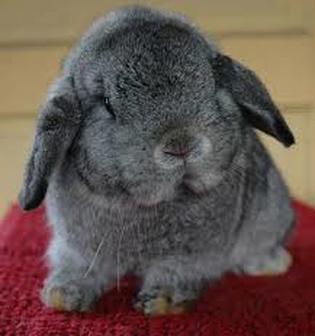
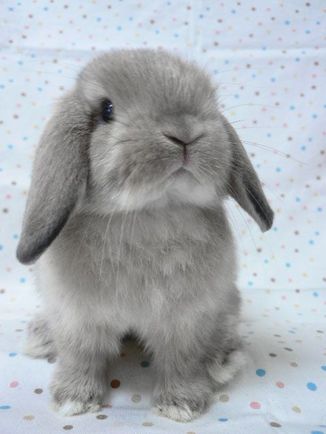
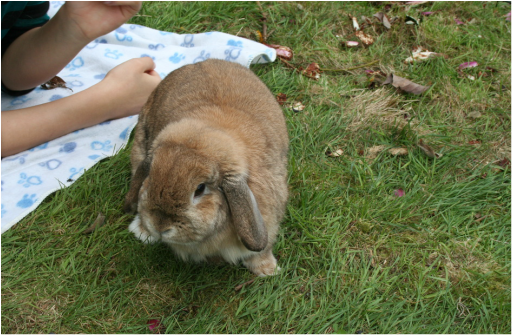

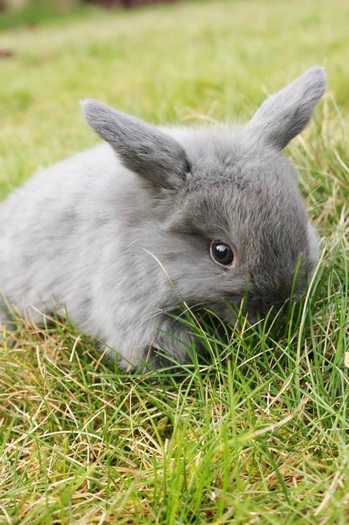
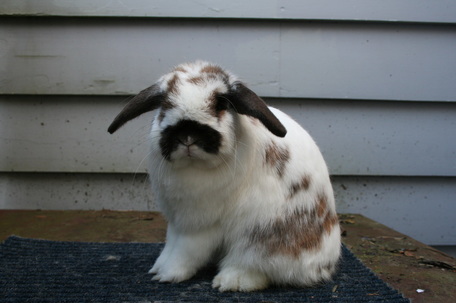
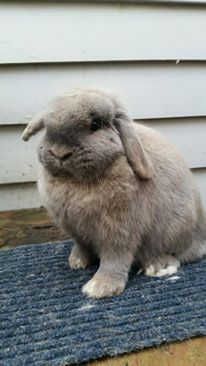

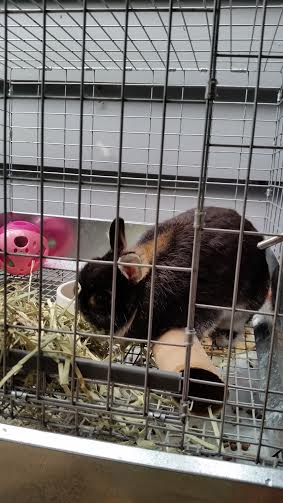
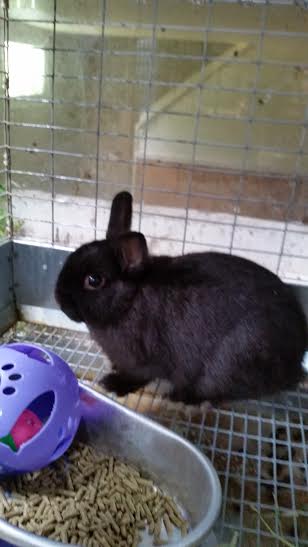
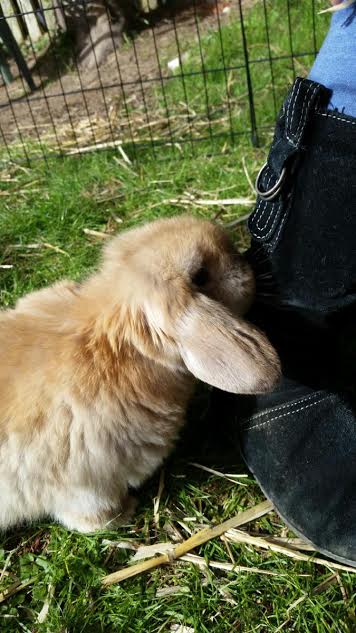
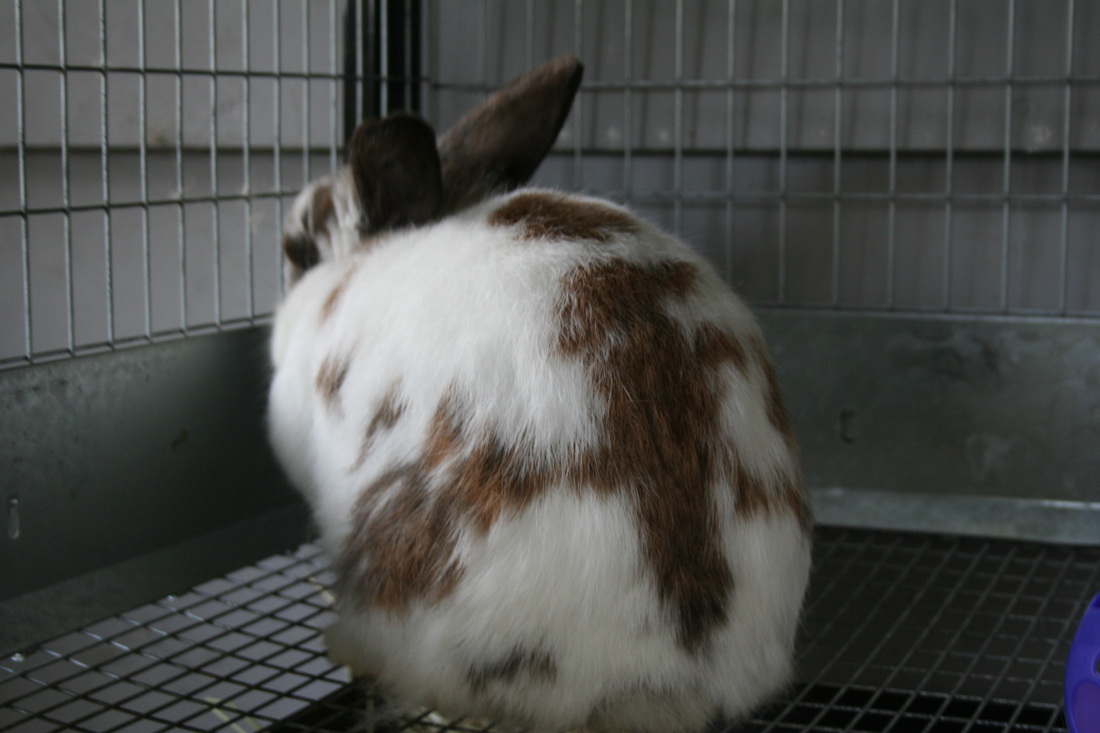
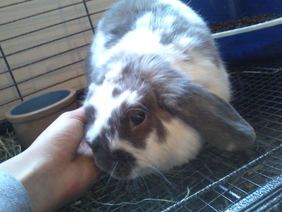
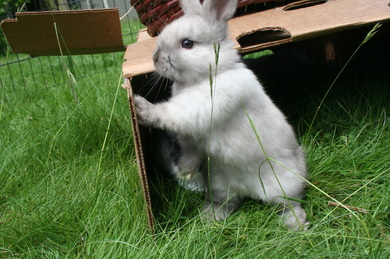
 RSS Feed
RSS Feed
